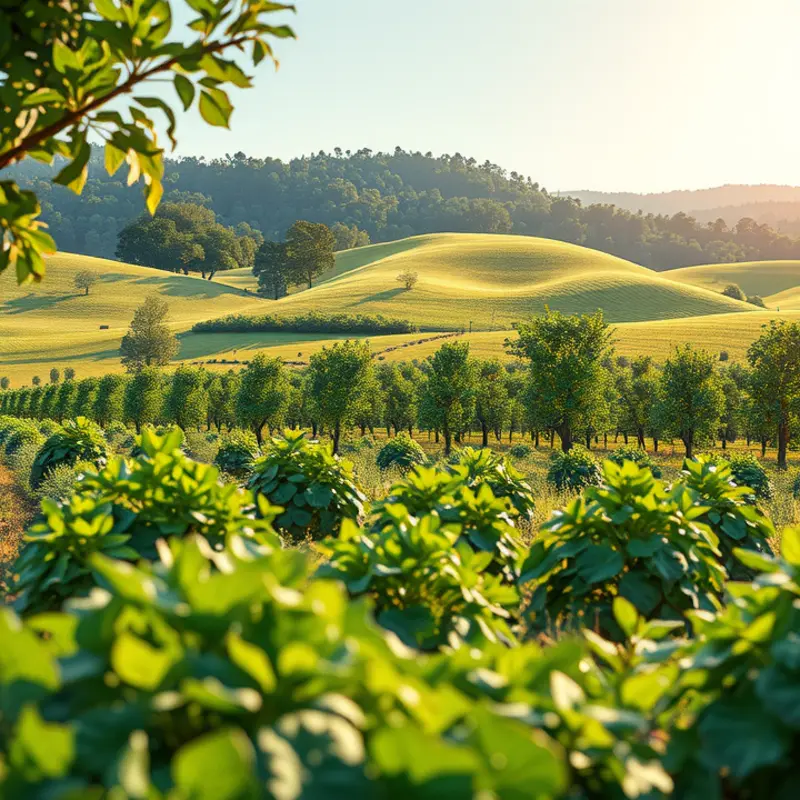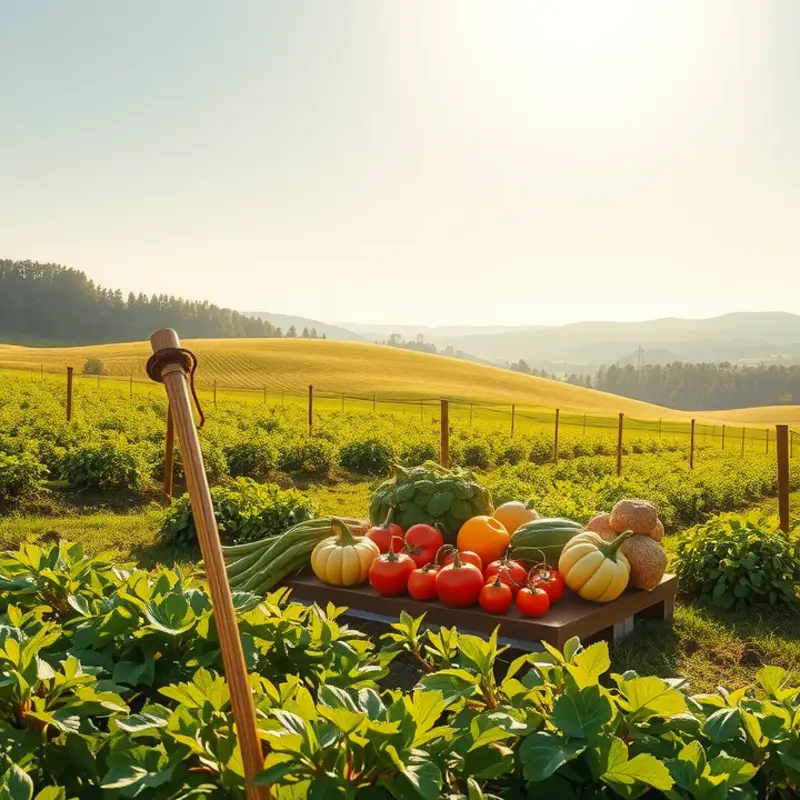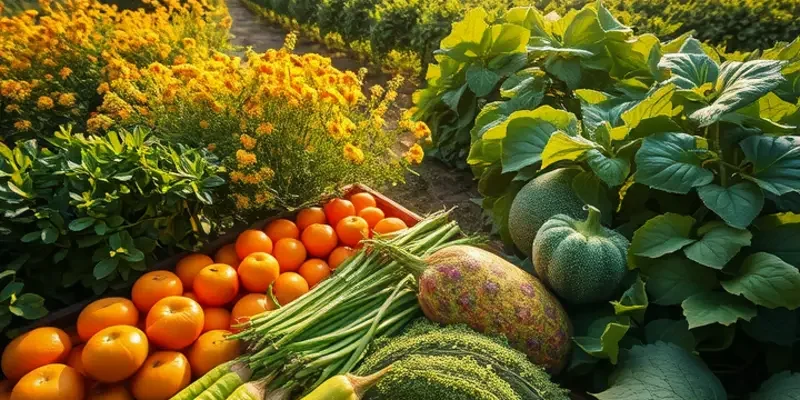Cooking whole grains can elevate your meals while enhancing nutrition. With their rich textures and versatile flavors, whole grains provide a satisfying base for various dishes. This guide will help you navigate the world of whole grains with simple techniques, ensuring that home cooks of all levels can master them with confidence and ease. Let’s embark on this grain-cookery journey together, bringing health and culinary delight to your kitchen.
Understanding Whole Grains

Whole grains are more than just an alternative to refined grains; they are a pantry staple that brings depth, nutrition, and taste to your culinary adventures. From the nutty texture of quinoa to the chewy richness of farro, each grain has unique attributes that can elevate your daily meals.
Whole grains are the complete package of a grain, comprising the bran, germ, and endosperm. Unlike refined grains, which have the bran and germ removed, leaving just the starchy endosperm, whole grains retain their natural goodness. This translates to a wealth of fiber, vitamins, minerals, and antioxidants. Consuming whole grains can support digestive health, help regulate blood sugar, and contribute to heart health.
To incorporate whole grains effectively, you must first know how to select them. When purchasing, inspect labels for 100% whole grain or whole grain as the first ingredient. Be wary of terms like “multi-grain,” “stone-ground,” or “cracked wheat,” which do not guarantee a whole grain product.
Storing whole grains properly ensures they stay fresh and full of nutrients. Due to their natural oils, whole grains can spoil faster than refined grains. Keep them in airtight containers in a cool, dark cupboard. For long-term storage, consider refrigerating or freezing them to retain their vitality.
A key aspect of cooking with whole grains is understanding their diverse textures and flavors, which can inspire creativity in the kitchen. For instance, brown rice has a dense and slightly chewy texture, making it an excellent base for stir-fries and pilafs. On the other hand, oats can be creamy or hearty, perfect for breakfast bowls or energetic snacks.
Some grains, like quinoa, require rinsing to remove their naturally bitter coating. Others, such as brown rice or wheat berries, may benefit from soaking to reduce cooking time. Experiment with different cooking methods, like boiling, steaming, or using a pressure cooker, to find what works best for each type.
Incorporating whole grains into meals isn’t just about nutritional benefits but also about exploring new tastes and culinary experiences. With each grain, you can craft meals that reflect cultures and stories from around the world. Adding grains to salads, soups, or as standalone sides can turn simple dishes into wholesome delights.
For those exploring diets such as keto or Mediterranean, refer to helpful resources for balance and variety in meals. Sites like this Mediterranean chickpea salad can inspire you by merging traditional grains with vibrant ingredients.
Understanding whole grains is the first step to mastering them in the kitchen. Embrace their variety, store them with care, and enjoy the myriad of ways they can transform your meals into nutritious feasts.
Cooking Methods for Whole Grains

Whole grains can transform any meal into a nutrient-packed delight, and mastering various cooking methods will enhance their flavors and textures. Here we explore three essential techniques: boiling, steaming, and baking.
Boiling is the most straightforward method and works well for grains like rice, quinoa, and farro. Use a large pot with ample water to prevent sticking. A good rule of thumb is to use 2 to 3 times the volume of water relative to the grains. Bring the water to a rolling boil before adding grains.
For perfect rice, rinse it under cold water until the water runs clear. This removes excess starch, preventing clumping. Once added to boiling water, reduce the heat to a simmer. Cover the pot with a tight-fitting lid. Let it cook until the water is absorbed, about 18 minutes for white rice or 45 for brown.
Steaming maintains the nutrients and enhances the natural flavors of grains. It’s excellent for delicate grains like couscous and amaranth. To steam grains, you can use a steamer basket. Ensure the grains are rinsed and soaked for about 20 minutes if they are tougher grains like wheat berries.
Arrange the grains in a single layer in the steamer basket. Add water to the pot, ensuring it doesn’t touch the grains. Cover and steam over medium heat until tender. This method ensures each grain retains its shape and chewy texture, ideal for salads or side dishes.
For a different texture, consider baking whole grains. This method works wonders for dishes involving barley or quinoa. Unlike boiling, baking adds a nutty flavor by allowing grains to lightly roast before cooking fully. Preheat the oven to 350°F (175°C).
Start by rinsing the grains, then transfer them to an oven-safe dish. Add boiling water or broth in equal parts to the grains. For additional flavor, integrate spices, herbs, or aromatics like garlic. Cover with foil and bake. Barley needs about 45 minutes, while quinoa takes about 25. Baking unlocks a richer, robust taste, perfect for grain bowls or hearty winter dishes.
Experimenting with seasonings and complementary ingredients can elevate the dish. Try incorporating herbs and spices like thyme, bay leaf, or cumin. You might also consider a Mediterranean-inspired approach by adding olives and lemon zest, similar to the Mediterranean Chickpea Salad.
These cooking methods create varied textures and flavors, ensuring whole grains never become monotonous at your table. Whether you reach for boiling, steaming, or baking, each method holds the potential to turn whole grains into delicious staples of your diet, aligning perfectly with diverse culinary adventures.
Final words
Cooking whole grains may seem daunting at first, but with the right knowledge and techniques, you’ll find it not only easy but also rewarding. Whole grains introduce a wealth of flavors and nutrients to your meals, promising a healthier dining experience. Remember to experiment with various types of grains and cooking methods to discover what you love most. Step into your kitchen with confidence; each grain cooked is a step towards a healthier lifestyle!







